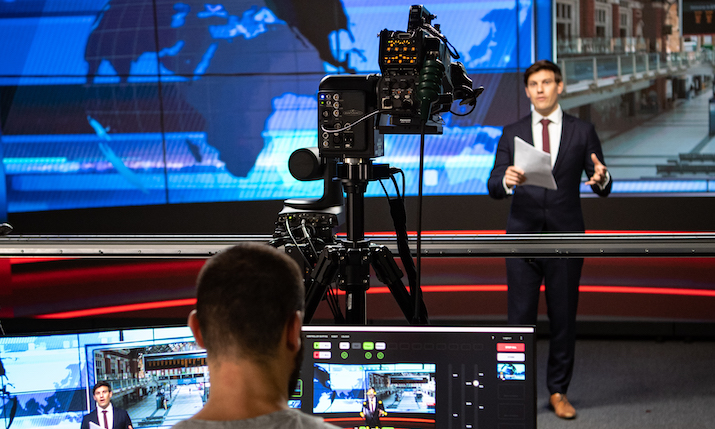Long-term vision: MRMC on the continuing evolution of remote production
 By Marius Merten, MRMC sports broadcast manager.
By Marius Merten, MRMC sports broadcast manager.
The term ‘remote production’ evokes a range of emotions. Despite years of discussion and development, it remains a contentious issue. Some see it as a path to increased efficiency, reduced production costs and sustainable production. Others fear job losses and limitations in production possibilities. The term has many meanings. The truth likely lies somewhere in between. But when remote technologies have been around for a long time, why is it still considered something new, and why are so many companies deliberating on this topic?
Remote production involves relocating production activities away from their original location. This raises the question of what can and should be relocated. From an economic standpoint, centralising services often makes sense, allowing for greater efficiency and output. For example, an employee could support several sports productions in succession or even in parallel. This would generate more output and production would be more effective. It would eliminate travelling, hotel costs, staff time on the road and lead to a reduction of hardware resources. If you do the maths on paper, the benefits are tangible.
However, relocating certain processes, such as camera operation, can be challenging due to technological constraints and communication difficulties. The low latency of video signal, the setup and support of the technology, and communication with colleagues in the stadium must be ensured. Necessary workflows on site have to be restructured if there are fewer sports production staff in the stadium.
A gradual process
Adopting new technologies requires qualified personnel and extensive testing, leading to a gradual transformation process. High-quality production is difficult and can only be realised step by step, which takes a lot of time. Technology also continues to move forward and evolve, and what may not have worked so well before may work better in a few years. In addition, not only does production need to be made more efficient, but it needs to reflect other transformations at the same time. Remote production must coexist with other industry shifts, such as adapting to the changing behaviour of younger generations.
While remote production faces challenges and setbacks, it remains a long-term trend towards greater efficiency and cost reduction. It can only happen gradually over time due to the existing complexity of the industry’s operational structures. It will be accompanied by many challenges and the need for reorganisation, which we have already seen a lot of.
So, what’s next in 2024? We will continue to see this progress with more and more use cases that will be implemented in full or in part. But this won’t just be something we see in 2024. Remote is a long-term transformation of the industry towards greater efficiency and therefore cost reduction. The fact that it also helps to reduce the carbon footprint is a practical and essential aspect. As long as it offers cost and efficiency advantages, remote production will continue to evolve, with AI playing an increasingly significant role.

